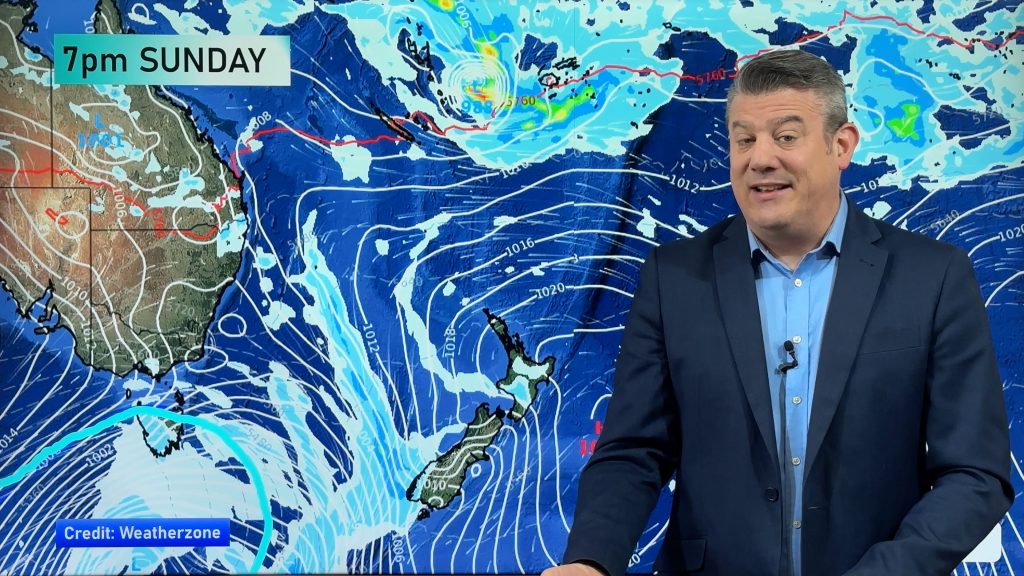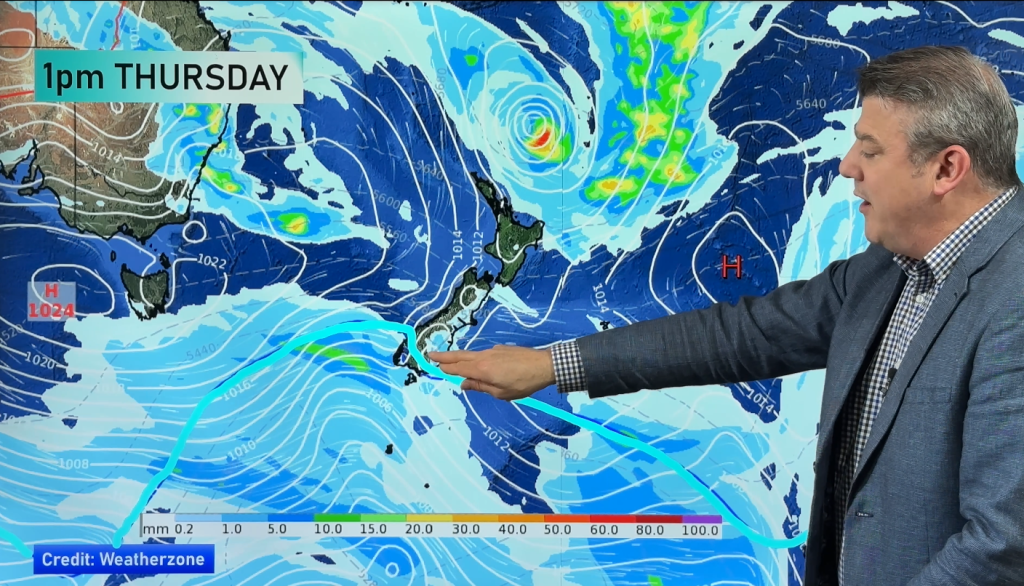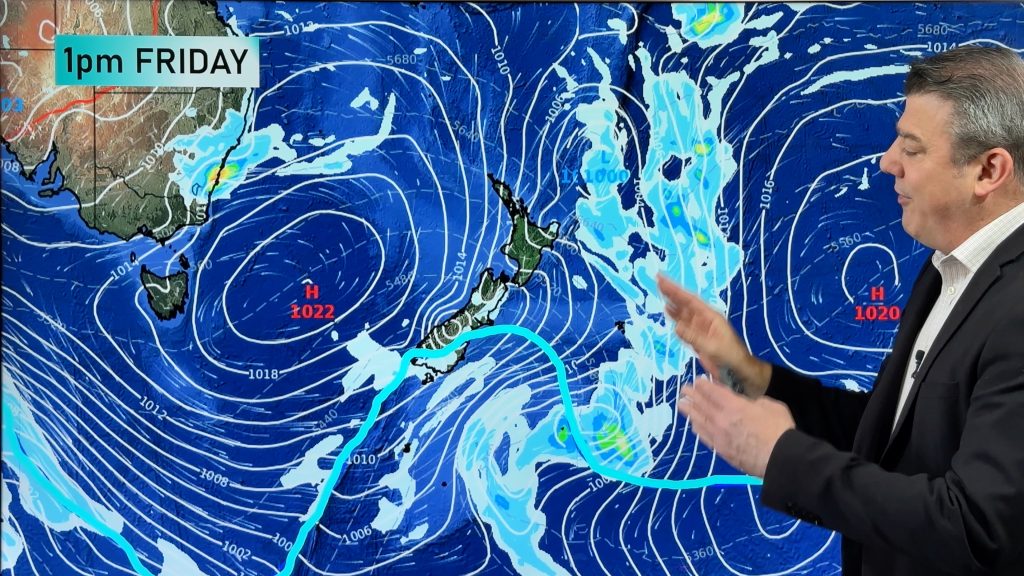Violent storm hits Sydney, possible tornado, tennis ball sized hail
16/12/2015 3:19am

> From the WeatherWatch archives
A violent supercell thunderstorm tore through southeastern suburbs of Sydney this morning, producing a possible tornado, golf-to-tennis-ball size hail and torrential rain.
The thunderstorm was perhaps the worst to hit a populated centre of Sydney since the 9th of December 2007, which caused swathes of damage over the Hills district due to giant hail.
Today, it was the southeastern suburbs of Sydney that were hammered, including suburbs such as Kurnell, Maroubra, Coogee and Cronulla, with the worst part of the storm occurring between 10am and 11am.
The storm caused wind gusts of 213 km/h at Kurnell, the strongest wind gust recorded from a thunderstorm in Australia. Wind gusts also reached 142 km/h at Port Botany and 111 km/h at Little Bay. Golf-to-tennis-ball size hail was reported from Cronulla and Maroubra, whilst more than 50mm fell at Cronulla.
Whether the powerful wind gusts were caused from a tornado or not is still debatable. Microbursts, which are caused by small downbursts, are capable of generating winds this powerful.
However, signatures from the doppler radar, ground reports and the significant amounts of damage reported indicate there is a good chance this was indeed a tornado that hit the area.
The strongest doppler echoes, in the shape of a ‘couplet’, initially occurred around 10:25am over water south of Kurnell, before weakening slightly as it impacted land. As it moved back over the water from 10:40am, intense doppler echoes again persisted for another 10 minutes, before dissipating.
A number of ingredients favoured the formation of tornadoes. A very cold pool of air located in the upper atmosphere helped produce massive instability as well as intense lapse rates, leading to vigorous and sustained convection.
Substantial amounts of low-level moisture also helped cause a ‘lifting condensation level’ which is often seen in tornadic events, causing the storm base to be located close to the ground.
Vertical wind shear was also adequate for supercell thunderstorms, with 20 knots at the surface backing to 30 knots in the upper levels, creating significant ‘turning’ in the atmosphere, encouraging updrafts to rotate.
Intense thunderstorms remain a risk for the remainder of the day in the Illawarra, Sydney, Central Tablelands and Hunter. A further thunderstorm has already caused further gusts of 111 km/h at Kurnell, with warnings still in place for a variety of thunderstorms.
– By Ben McBurney, Weatherzone
Comments
Before you add a new comment, take note this story was published on 16 Dec 2015.





Add new comment